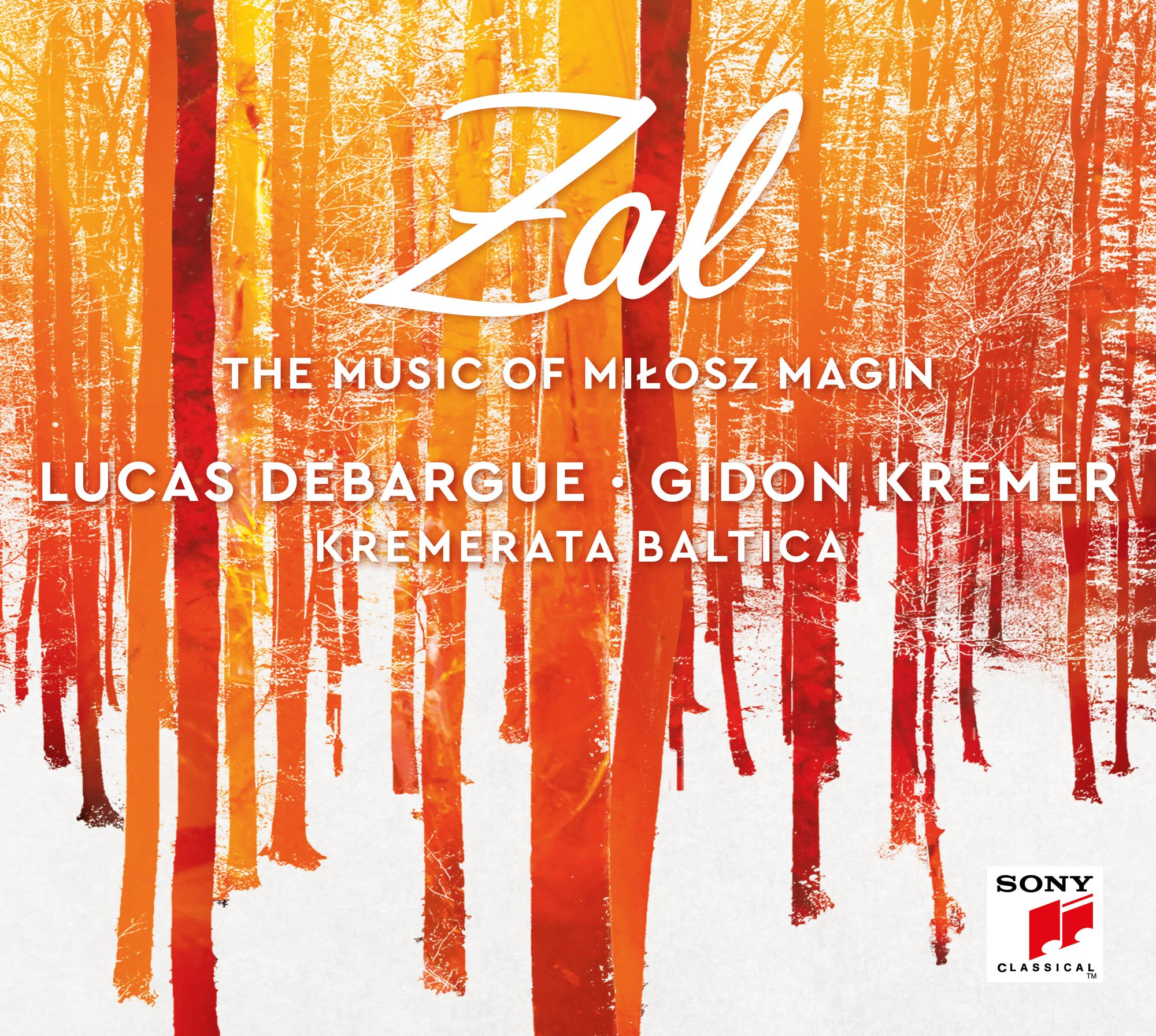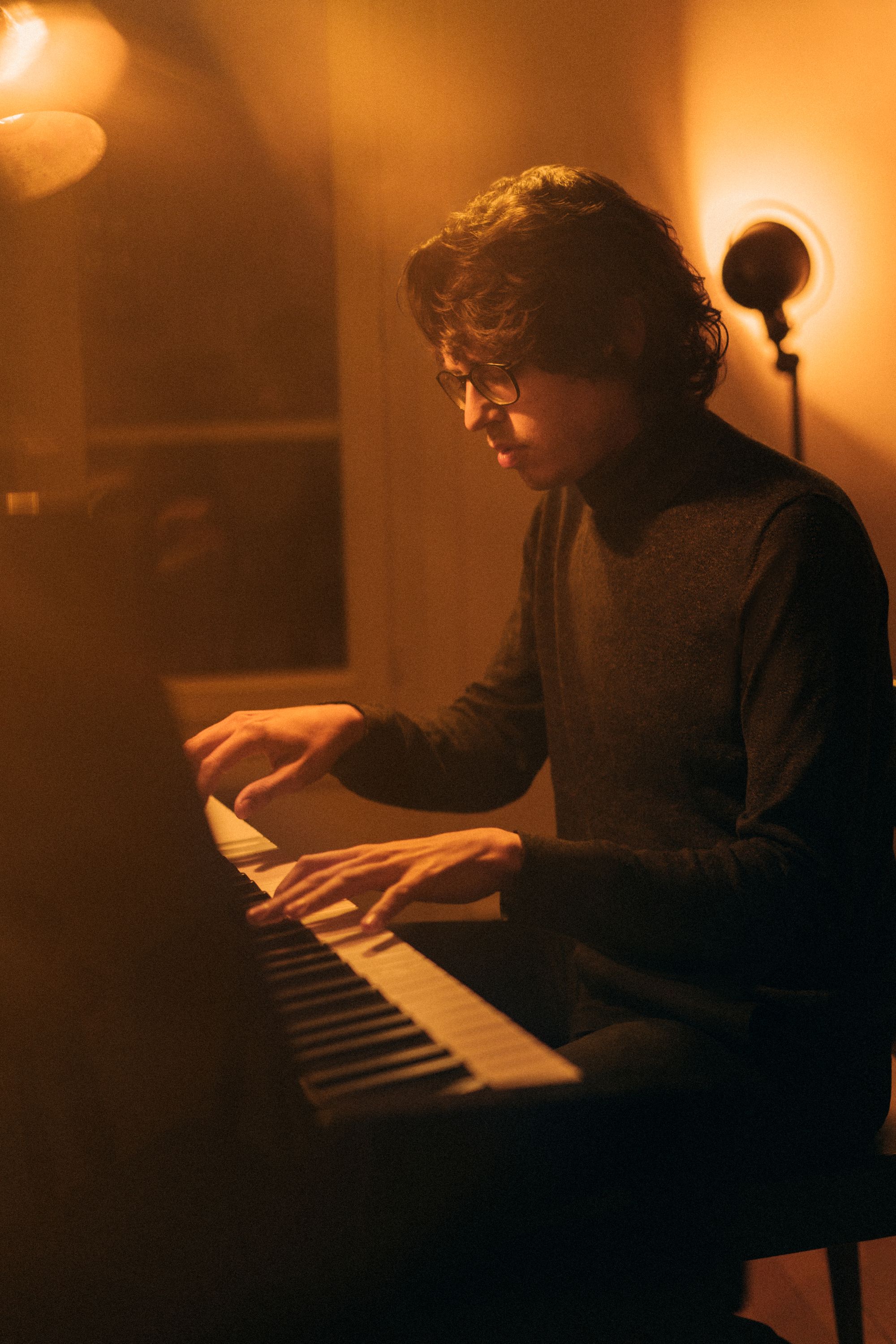Žal: the music of Milosz Magin
This disc will be revelatory to many people ...

Lucas Debargue's sixth Sony Classical album, Žal, presents the music of Miłosz Magin (1929-99)(pronounced "Milosh Mageen"), Magin might be more famous, if at all, as a pianist. He recorded complete Chopin for Decca in the 1960s, recordings that Debargue himself talks of in glowing terms. Here's the complete Op. 28 Préludes to get us started:
Like Chopin, Polish-born Magin settled in Paris. In Žal's case that happened in 1960 - in 1963 he was sadly injured in an automobile accident, after which he switched to composing.
Debargue's first piano teacher was a student of Polish-born Milosz Magin, and she introduced Debargue to some of Magin's pieces for children. 'Žal" is like 'Saudade' in Portuguese culture, a sort of nostalgia for what is yet to come - a mix of expectation and sadness, a bitter-sweet feel, a sort of mystery that Magin expresses between the notes. We can hear that in the post-Chopinesque Nostalgie du pays for piano of 1982:
Magin's music is quite classically-framed, but contains hidden depths. Listen to thie Andante, the piano relatively fixed, the violin, in contrast, free:
That piece dates from 1931: nine years later, Magin wrote his Concerto No. 3 for piano, strings, timpani and percussion (1970). As you can hear from the above, the music is, on the surface at least, tonally-based. There is a French slant to some of the harmonic writing, but Magin's variety of harmonies is wide; he is individual, given when he was writing (1960s to 1980s), and there is a wide variety of texture in his output.
This Concerto has a distinctly Bartókian tinge, the lines spiky in teh first movement 9and of course there's always the link of the scoring to Bartók's magnificent Music for Strings, Percussion and Celesta). Thsi is the second movement, teh longest of teh Concerto (nearly nine minutes), just to give you a chance to immerse yourslf in thsi fascinatig music. Debargue's performance is remarkable - his greap of the music total, and just listen to his scintillating touch right at the end:
The harmonies of the next movement seem to take Bartók's harmonies and run with them into new territories:
Listening to these two next to each other gives an idea of how Magin's music works.

Debargue and Kremer have a strong musical link: in his 70s, Kremer offered Debargue a blank slate to create, and her eis one result. Debargue has referred to their relationship as Kremer being mentor; when he talks about Kremer, it is in similar terms to those he uses with Magin - freshness, newness, from the heart. The two are listed as c-arrangers of the four Vocalises for violin and piano, songs without words in which Kremer's astonishing sweetness of tone can really shine:
... and indeed Dunargue hands over the reins (as it were) to Kremer for the Concerto rustico for violin, strings and timpani (1975). It is so obvious Kremer believes in this music, whether it be the lyrical opening or the stricter, more active section later or the earthy dance that shows its face:
Perhaps the idea of "Žal" is writ largest in the concerto's central movement:
The final work dispenses with soloists: the Stabat Mater for strings, percussion and timpani of 1973, quiet, meditative and unutterably powerful, rising to a crushing climax underpinned by a repeated, simple timpani rhythm and couched in Sony's wonderful recording, a work of art in itself:
I am certain this disc will be revelatory to many - do give it a try.
